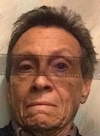 [Ever since its inception in 2014, sparked by a Guest Post by Pulitzer Prize-winning combat photographer and picture editor J. Ross Baughman, this project has depended in large part on informed input from people with expertise in areas other than my own. From the outset, then, I have envisioned it as a transparent, collaborative research effort. As such, I believe it has no equal in the several fields to which it pertains — photography, journalism, military history, media studies, cultural history. It constitutes the deepest dive of which I’m aware into a particular set of photographs.
[Ever since its inception in 2014, sparked by a Guest Post by Pulitzer Prize-winning combat photographer and picture editor J. Ross Baughman, this project has depended in large part on informed input from people with expertise in areas other than my own. From the outset, then, I have envisioned it as a transparent, collaborative research effort. As such, I believe it has no equal in the several fields to which it pertains — photography, journalism, military history, media studies, cultural history. It constitutes the deepest dive of which I’m aware into a particular set of photographs.
I have welcomed the contributions of these colleagues, as I would (and will) the involvement of anyone with something tangible to offer the inquiry. Without their knowledge, insights, and energies, this investigation would most likely never have begun, surely would not have continued, and unquestionably would not have come anywhere near to uncovering the truths about Robert Capa’s experiences on D-Day, the eventual fate of his negatives, and the deliberate, orchestrated creation of the myths that encrust them.
With a nod to the network of ragamuffins who sometimes assisted Arthur Conan Doyle’s legendary detective Sherlock Holmes, I have dubbed this collective of like-minded skeptics — myself, Baughman, photo historian Rob McElroy, and military historian Charles Herrick — “the Capa D-Day Irregulars.” So it’s my pleasure to welcome to this gang of aging street urchins our newest and by far youngest member in good standing, Tristan da Cunha. To learn why he merits this distinction, and why his work merits your attention, read on. — A.D.C.]
•
Recreating the Processing of Capa’s D-Day Films
In August of 2020 Tristan da Cunha, a specialist in culinary photography and expert retoucher based in Lyon, France, contacted me out of the blue. He had become aware of our project and, drawn particularly to the legend of the processing disaster that supposedly destroyed most of Capa’s D-Day films, wanted to see if he could replicate that situation. Would I serve as his advisor?
He proposed conducting a small-scale, relatively informal experiment — superior to my own early (and admittedly inconclusive) effort to replicate the legendary darkroom disaster, but, in my opinion, not sufficient to convince the die-hard Capaphiles that the tale told by Capa and John Morris simply didn’t add up.
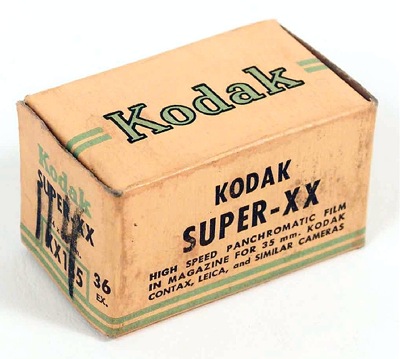 So I encouraged da Cunha to take it further. Could he find and use a drying cabinet approximately the same size as the one in the London darkroom of LIFE magazine on the night of June 7, 1944? Could he run his tests with the same film as Capa used? Could he make exposures on that film with the same Contax II model that Capa used? Could he see what effect immersion in seawater would have on some of that film? Etc.
So I encouraged da Cunha to take it further. Could he find and use a drying cabinet approximately the same size as the one in the London darkroom of LIFE magazine on the night of June 7, 1944? Could he run his tests with the same film as Capa used? Could he make exposures on that film with the same Contax II model that Capa used? Could he see what effect immersion in seawater would have on some of that film? Etc.
In short, could he mirror, as much as possible (given some variables and some unknowns), the conditions under which Capa’s D-Day films got exposed, transported, and developed — according to both the legend and the facts as established by this ongoing investigation?
•
Perhaps I should have expected no less from someone professionally adept at the exacting crafts of food photography and retouching, but da Cunha took my suggestions and advice to heart. Over the course of the following year, consulting along the way with both me and Rob McElroy, he designed a complex method for testing and documenting the responses of Kodak Super-XX film to both seawater and post-processing high heat — more controlled, rigorous, and convincing by far than my early, amateurish, ad hoc effort in that regard.
On his own initiative, da Cunha did the following:
- Custom-built a film-drying cabinet complete with high-powe*red heating element, thermometers, digital temperature-measuring device, digital timer, and thermal-glass door (to enable filming of the process).
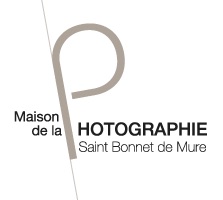 Borrowed a vintage Contax II camera with lenses from the Maison de la Photo de St-Bonnet-de-Mure, a local institution.
Borrowed a vintage Contax II camera with lenses from the Maison de la Photo de St-Bonnet-de-Mure, a local institution.- Used it to successfully expose three rolls of vintage (1944-47) Kodak Super-XX film, bought on eBay and provided by Rob McElroy and myself.
- Soaked a portion of one exposed roll in Brittany seawater and left it damp for 36 hours to determine what effect that would have on the exposures thereon.
- Successfully developed those acetate-backed films using period-appropriate chemistry.
- Exposed and developed present-day films on polyester backings to serve as comparisons.
- Exposed these films to high heat in the drying cabinet, filming the results with second-by-second indications of the temperatures and drying times.
- Generated painstakingly precise annotated summaries of these tests.
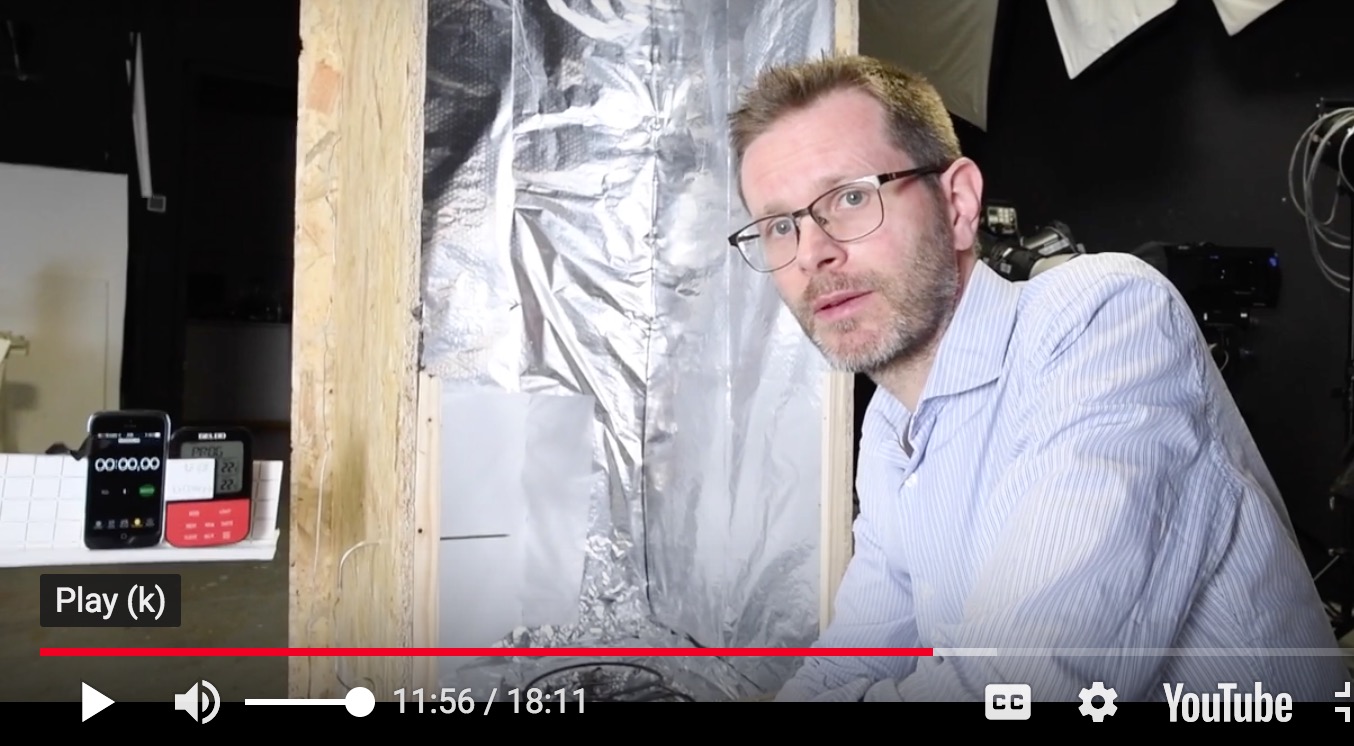
Tristan da Cunha with film drying test cabinet, 2021 (film still)
•
Initially I had offered da Cunha space at this blog for publication of the results of his work, since he did not have an effective internet platform of his own. As he expanded and deepened his project, however, it came to make more sense for him to develop a website of his own and put his materials online there. (This seemed especially logical since I encouraged him to make the materials available in both French- and English-language versions.) This he accomplished, with a site that went live in late January, just a few weeks ago, to which it gives me inordinate pleasure to point you.
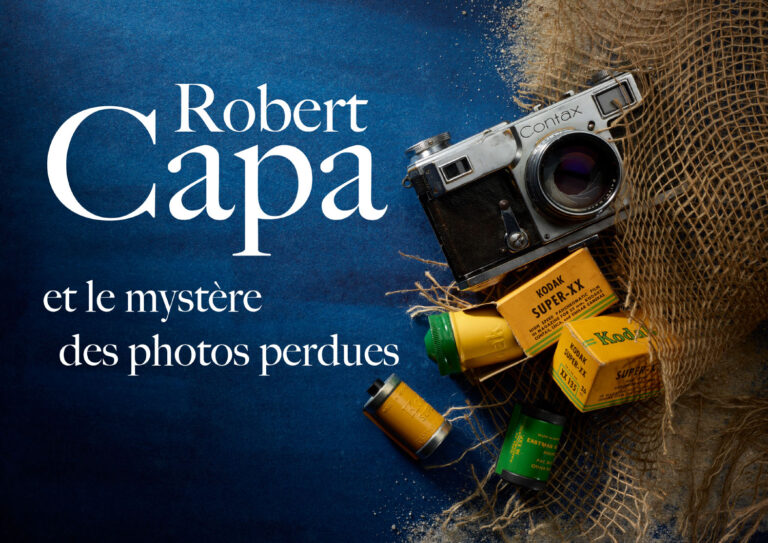
Tristan da Cunha, Robert Capa: Le mystere des photos perdues (2022), title screen
•
The site includes the following:
- A 17-minute film displaying the tools, materials, and processes he used to conduct the experiment, and also showing an abbreviated version of the experiment itself. The narration of the film, done by da Cunha himself, comes of course in French; but he has thoughtfully provided a version with English subtitles. (You can also find this film on YouTube.)
- An 84-page(!) downloadable PDF file that delves into the experiment in much greater detail than the film, including ample illustrations and step-by-step explanations of various stages. Da Cunha has posted both his own original French version of this excellent text and a very readable English-language translation (achieved via DeepL Translate). If anything in the film needs explanation, you’ll find it here.
- A shorter downloadable PDF file that presents a second experiment that da Cunha conducted at my behest, as a sidebar to the main one. This concerns a relatively minor but not insignificant aspect of the Capa D-Day myth. I’ll have more to say about that in my next post.
All of it is so well done that it doesn’t make sense to me to duplicate any of it here at this blog, nor even to synopsize his findings. Instead, I urge you to visit da Cunha’s new website for the actual content.
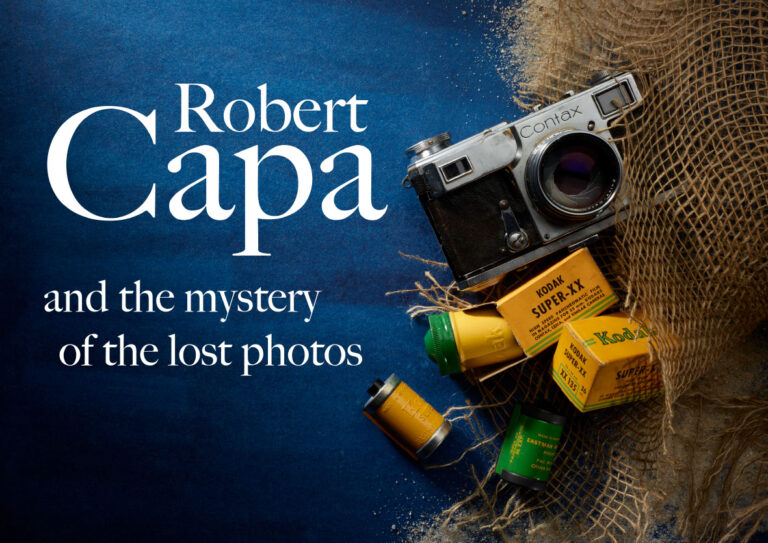
Tristan da Cunha, “Robert Capa and the mystery of the lost-photos” (2022), title screen (English)
•
In my opinion, da Cunha’s project has permanently laid to rest any claim that some of Capa’s D-Day films got destroyed either by excess heat in a drying cabinet or by prior exposure to seawater en route to London. By referring to da Cunha’s elaborate annotation of his procedures, anyone who doubts his results and conclusions can challenge them by running the same tests to verify and/or disprove them. That’s the scientific method in a nutshell. Hereafter, anyone who fails to do so and merely voices unfounded opinions should have zero credibility on this subject.
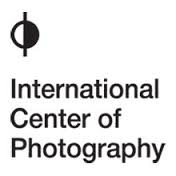 While da Cunha uses digital technology in several ways in his experiments, he could have performed his heat-testing of the film in the drying cabinet by employing strictly analog components. Without diminishing in any way what da Cunha has achieved with his enterprise, then, clearly anyone who truly wanted to know what happened to Capa’s D-Day films could have run a comparable series of tests at any time in the past. Which raises the obvious question: Why has the International Center of Photography never commissioned or undertaken such experiments?
While da Cunha uses digital technology in several ways in his experiments, he could have performed his heat-testing of the film in the drying cabinet by employing strictly analog components. Without diminishing in any way what da Cunha has achieved with his enterprise, then, clearly anyone who truly wanted to know what happened to Capa’s D-Day films could have run a comparable series of tests at any time in the past. Which raises the obvious question: Why has the International Center of Photography never commissioned or undertaken such experiments?
The Occam’s-razor answer: For the same reason that this institution has never undertaken microscopic examination of Capa’s surviving Omaha Beach negatives. The Capa D-Day myth has proved extremely profitable to ICP and its salaried staff for half a century; they don’t want to know the truth, and don’t want anyone else to know it either. Hence the unabashed lying about this encouraged and funded by Cornell Capa and ICP, and energetically promulgated by authorized Capa biographer Richard Whelan and ICP Capa archivist Cynthia Young — aided and abetted, always, by John Morris.
•
In both his film and its accompanying documentation da Cunha gives me credit for my contribution thereto. I appreciate his generosity. But I played a truly minor role in this unique and remarkable production, which would not exist without da Cunha’s initiative, inventiveness, and commitment. In my opinion, da Cunha’s work constitutes not only an exemplary achievement in the context of the Capa D-Day investigation but a major contribution to the forensic analysis of photographic materials, one that sets a benchmark for future inquiries. As I wrote to him after my first viewing of his film and first reading of this texts, “My compliments to the chef.”
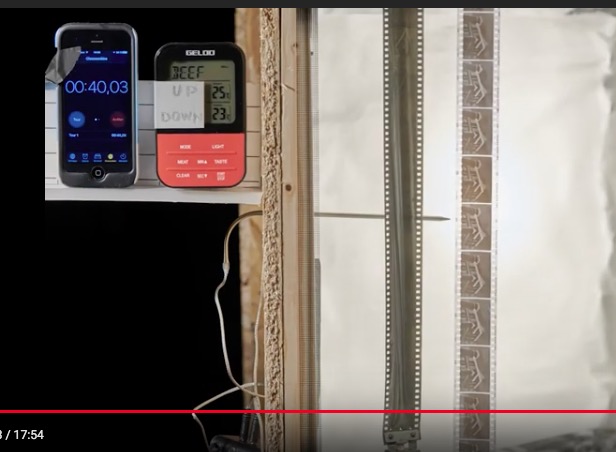
Tristan da Cunha, Capa D-Day film test, 2022, screenshot
Let me also point out that, with these efforts, da Cunha has demonstrated remarkable versatility as an investigator, devising research procedures for the exploration of two radically different problems and explicating them in a lucid and engaging manner. It would not surprise me if demand for these newly acquired skill sets turn them into a regular part of his professional practice.
Speaking as a scholar, I know of no greater honor than having another researcher construct something substantial and valuable with your own work as a foundation. I feel privileged to have provided a building block for da Cunha’s work.
•
 Special offer: If you want me to either continue pursuing a particular subject or give you a break and (for one post) write on a topic — my choice — other than the current main story, make a donation of $50 via the PayPal widget below, indicating your preference in a note accompanying your donation. I’ll credit you as that new post’s sponsor, and link to a website of your choosing.
Special offer: If you want me to either continue pursuing a particular subject or give you a break and (for one post) write on a topic — my choice — other than the current main story, make a donation of $50 via the PayPal widget below, indicating your preference in a note accompanying your donation. I’ll credit you as that new post’s sponsor, and link to a website of your choosing.
And, as a bonus, I’ll send you a signed copy of my new book, poetic license / poetic justice — published under my full name, Allan Douglass Coleman, which I use for my creative writing.






The Robert Capa story is something else thanks for keeping it alive. Bright Moments Artist Peter Herley
Fantastic Allan, I’ll check out his website. Not that I needed any convincing having processed lots of 35mm B&W film and dried it in similar cabinets built by Shustak, and even under crazy heat from too high wattage lightbulbs on occasion, there was never any emulsion melting episodes, far from it. Best wishes STUART
You’ll enjoy the film, Stuart. And, if you really want to get granular, check out the PDF with the details of the test procedures. Especially interesting for people who have experience with wet/chemical/analog processing.
In the early days of the Capa D-Day project I not only ran my own small-scale inconclusive test (with some wet Tri-X and a space heater in my drying cabinet), but also checked in with some experts on old films and chemistries (like Ctein), as well as photographers who had worked during the late ’40s and early ’50s (like the late Harold Feinstein). Not only had they never had such a disaster themselves, they’d never read or heard of anything comparable.
The giveaway for me was John Morris endlessly repeating the detail that the drying cabinet had overheated because the darkroom lad had closed its doors, “which were normally kept open.” No film-drying cabinet in the entire history of photography ever got designed to work with its door(s) open. Even I know that, and I don’t qualify as a photographer by any measure.